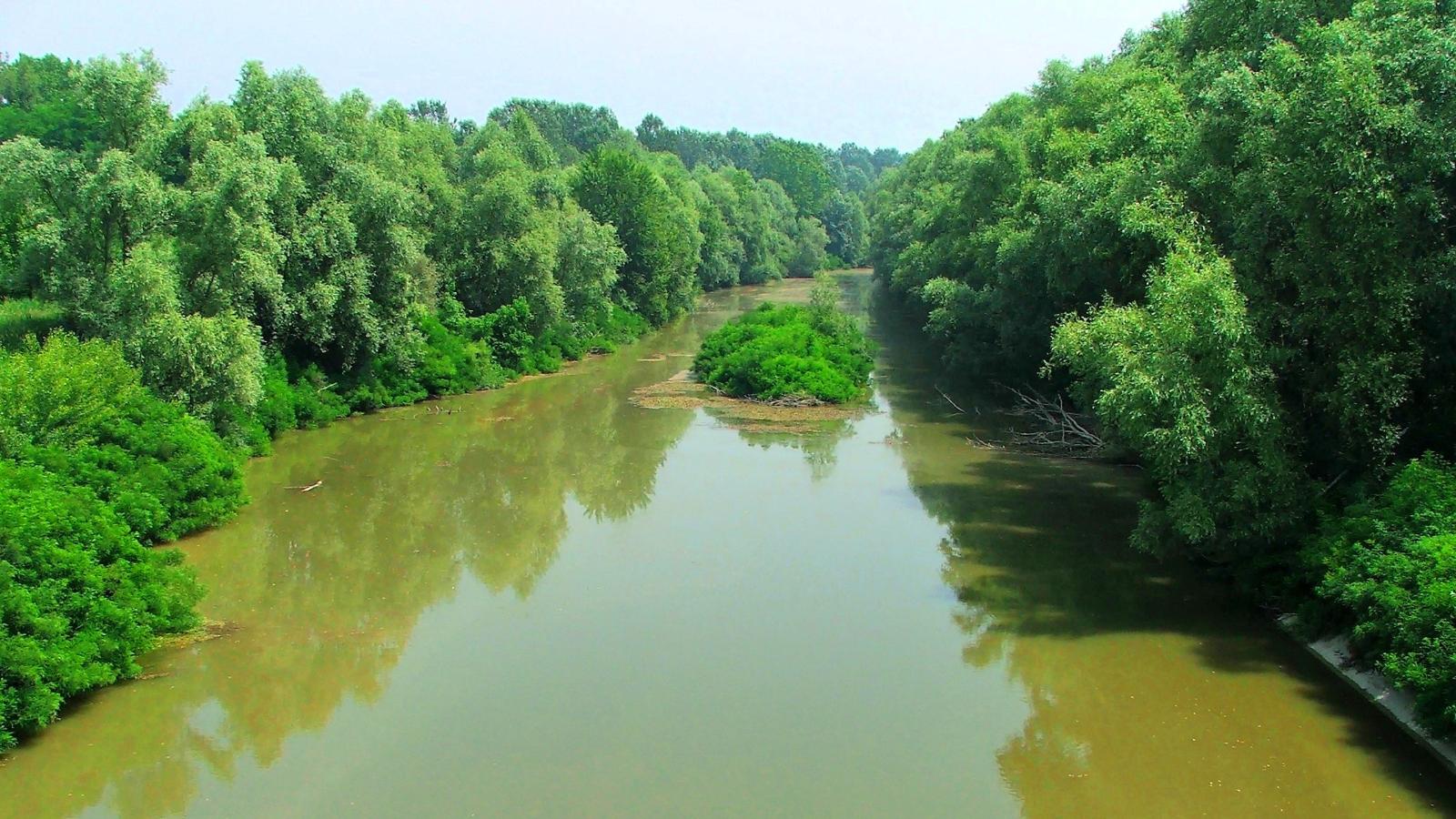The Emiliano-Romagnolo Canal (CER) in Galliera, created in the second half of the 20th century, is the latest great engineering work in the thousand-year-old history of controlling the waters of the plains.
The canal serves to bring water from the Po into Romagna for irrigation and is easily distinguished from the other canals both for the contrary direction of its current, and for its cement embankments.
The first idea for its creation dates back to 1620, when Abbot Tirelli of Reggio Emilia presented Duke Cesare d’Este with a “project to extract water from the Po above Piacenza to irrigate this province and those of Parma, Reggio, Modena and Bologna”.
The first articulated project was the work of the Bolognese engineer Annibale Certani, presented in 1863 and soon abandoned for political reasons. The idea only began to take hold much later, thanks in part to the efforts of Engineer Mario Giandotti, commissioner of the Consortium for Canal Management, set up in 1939.
The onset of the Second World War held up the project once more, but in 1947, it finally took shape by combining the need to defend against flooding from the Reno with that of irrigation for the plains of Bologna and Romagna, and definitively shifting the point of contact with the Po to Bondeno, on the border between Emilia-Romagna, Lombardy and Veneto. The real work began in 1955.
Today the CER is a complex water system, which, while maintaining irrigation as its primary mission, also serves for civil, environmental and tourist functions.
Map
The Emiliano-Romagnolo Canal
Via Coronella
40015 Galliera
Telephone: 0039 051 42 98 811
Interests
- Art & Culture
Insights
-
Tel. 0039 051 42 98 811

